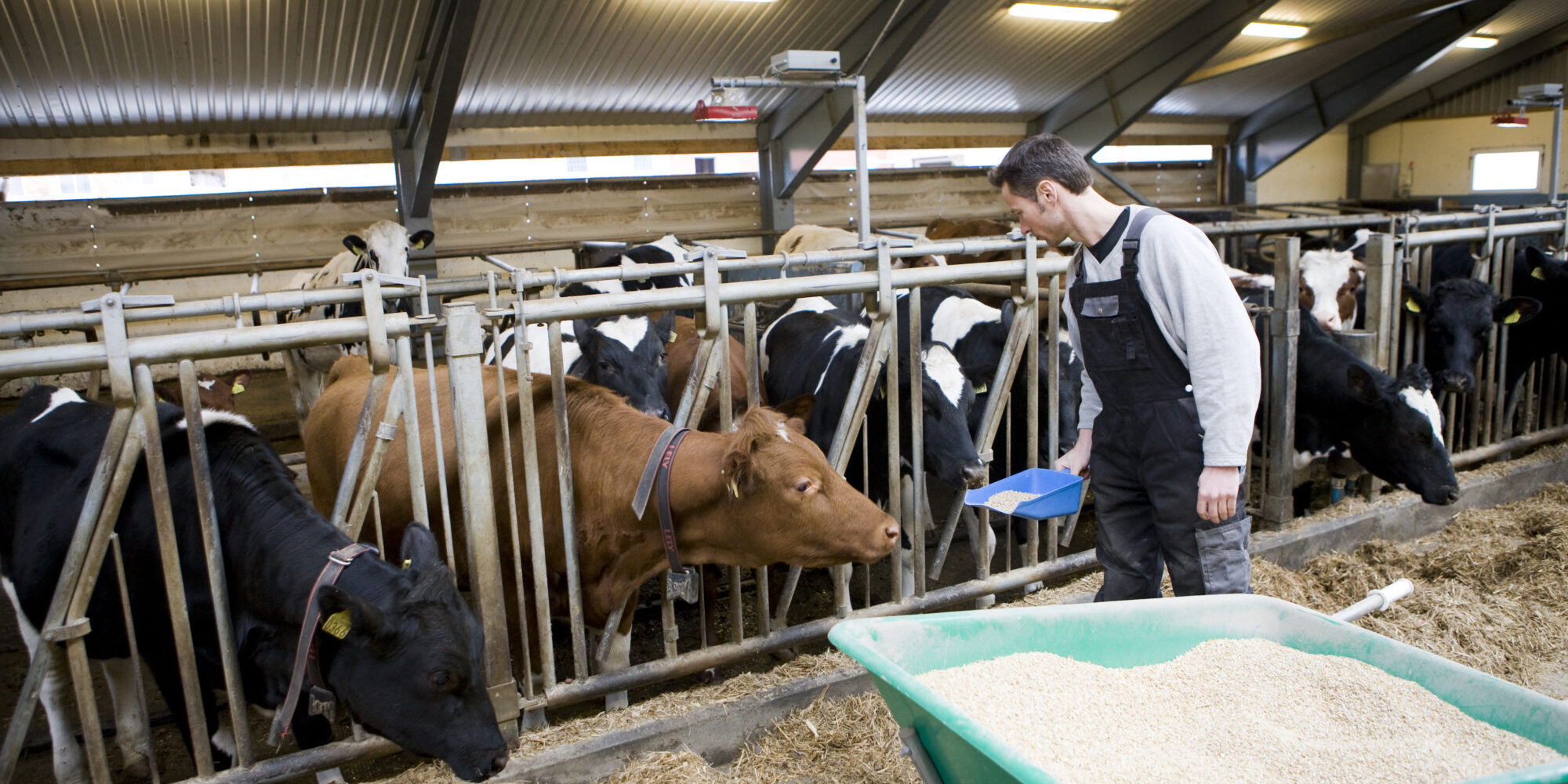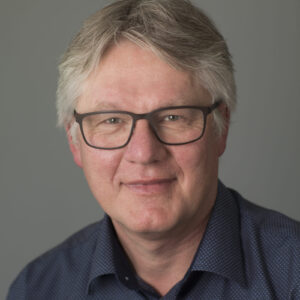
Comment: Access to feed is also food security
Author
Published: 17 January 2023
Last updated: 17 January 2023
Share article:
Obtaining feed is one of the keys to future growth in Norwegian salmon farming
The use of new feed ingredients can solve this challenge, but at the same time the feed competition with livestock in agriculture might increase. Nevertheless, more use of Norwegian-based feed ingredients can strengthen food security.
A report from Nofima shows that in 2020, 8 per cent of the volume of feed used for salmon feed was based on Norwegian ingredients. The rest was imported from a number of countries. Soy is an important source of protein, and much comes from Brazil. Feed imports from Brazil accounted for 19 per cent of the feed that went to salmon.
For livestock on land, figures from Animalia show that the import shares are smaller than for salmon farming, but here too imports are important for protein supply. The Norwegian-produced share of ingredients for concentrates for livestock is 48 per cent, but Norwegian roughage, like grass, makes up a large part of the feed ration.
The Norwegian-produced share of the total amount of feed for livestock thus varies with the livestock type. For milk production it is over 80 per cent when roughage is included. Conventional chicken and pork, on the other hand, are based on concentrates, and here the Norwegian share is lowest for chicken, at 40 per cent.
There are several debates mixed in here. Firstly, there is the issue of soy imports from Brazil. This is climate-related in that it is assumed that soy production displaces rainforests, which are important for sequestering carbon. The extent to which this is happening is being debated, but it has strengthened interest in increasing Norwegian protein production and generated political goals to that end.
Another debate is related to food supply and security, which has been exacerbated by the pandemic, war in Ukraine and rising food prices. Here little attention is given to feed, but mostly to food production.
In a text in Nationen on 25 May, Smedshaug and Svihus reviewed food preparedness and the situation with Norwegian food production. They also mention feed imports without highlighting any particular problems, but a radical change in the supply of raw materials for feed will primarily affect salmon farming and concentrate-intensive livestock production on land. Thus, it is also a question of the extent to which meat, salmon included, should form part of food security, or whether we should eat more plant-based food.
This is the backdrop for the work that is going on in both Norway and the EU to search for new sources of protein, which can be a minimum factor at least for the feed recipe. The government pledged in the governmental declaration (Hurdal platform) that for aquaculture they will increase “sustainable feed based on Norwegian resources” and that “all feed for the aquaculture industry must be from sustainable sources by 2030”.
This is a formidable task. For agriculture, there is also no shortage of objectives for “safe food production on Norwegian resources” with a target for “self-sufficiency in Norwegian agricultural foods, adjusted for imports of feed raw materials, of 50 per cent” (Hurdal platform). Increasing feed production domestically is one way of increasing the level of supply.
“Can new feed ingredients provide different dimensions of sustainability, whether it is climate and environment, social or economic sustainability we are considering?”
A lot of effort is being put into finding new feed ingredients and investigating the possibility of upscaling known ingredients. Microalgae, insects, wood fibre, fractionation of grass etc. are all being investigated. There is varying potential both for the available volume of resources and possible technology for harvesting, production and processing.
Some raw materials require technological development, for example for harvesting /catching. Other raw materials require streamlining processing methods in order to reduce costs. In addition, there are other barriers that slow down the development of a number of possible feed raw materials, such as insects fed on waste where there is a fear of the spread of bacteria. Such barriers may be arguments for regulations that stop new use.
Maybe more variety in feed ingredients can lead to increased diversity both in feed and food system? We recognize some of the quality differentiation of food from agriculture with standard products versus, for example, local food. There may be a potential to increase differentiation in both salmon farming and agriculture through the use of new feed ingredients.
In any case, the feed must be sustainably produced. But what does this mean in the context of feed? Will there be more sustainability if there are fewer imports? Can new feed ingredients provide different forms of sustainability, whether we are talking about climate and environment, social or economic sustainability?
A variety of alternative feed resources and production chains will be important for a stable supply and to avoid over-harvesting of certain raw materials and increasing the robustness of the feed system. In a project on sustainable feed production (SusFeed), mainly funded by the Research Council of Norway, we are seeking to find out how large a volume of feed ingredients can be obtained from specific sources, and how sustainable these will be compared to the existing ingredients in use. It should be improved.
What is sustainable and what it means changes over time. Climate and environmental considerations are fundamental, but – for example – people’s living conditions are also part of the sustainability assessment. The perception of, and criteria for, what are good living conditions has changed a lot in the last 50 years. We need a concrete and up-to-date understanding of what sustainability is for the feed sector, and how this knowledge can contribute to increased food preparedness.
This is a comment. It expresses the writer’s own opinions. Published in Norwegian in Nationens spalt Faglig snakka 15.06.2022 Tilgang på fôr er også matberedskap – Nationen
Author
Published: 17 January 2023
Last updated: 17 January 2023
